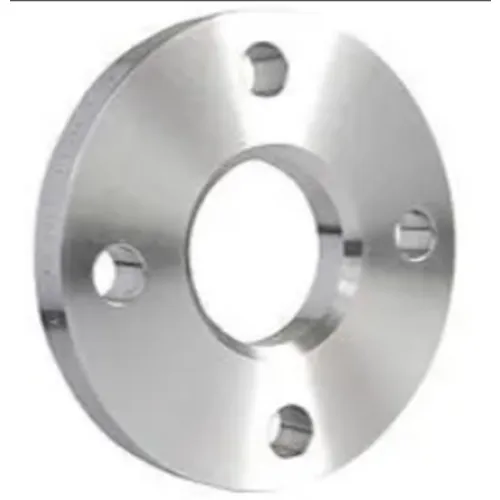-
Cangzhou Yulong Steel Co., Ltd.
-
Phone:
+86 13303177267 -
Email:
admin@ylsteelfittings.com
- English
- Arabic
- Italian
- Spanish
- Portuguese
- German
- kazakh
- Persian
- Greek
- French
- Russian
- Polish
- Thai
- Indonesian
- Vietnamese
- Zulu
- Korean
- Uzbek
- Hindi
- Serbian
- Malay
- Ukrainian
- Gujarati
- Haitian Creole
- hausa
- hawaiian
- Hebrew
- Miao
- Hungarian
- Icelandic
- igbo
- irish
- Japanese
- Javanese
- Kannada
- Khmer
- Rwandese
- Afrikaans
- Albanian
- Amharic
- Armenian
- Azerbaijani
- Basque
- Belarusian
- Bengali
- Bosnian
- Bulgarian
- Catalan
- Cebuano
- China
- China (Taiwan)
- Corsican
- Croatian
- Czech
- Danish
- Esperanto
- Estonian
- Finnish
- Frisian
- Galician
- Georgian
- Kurdish
- Kyrgyz
- Lao
- Latin
- Latvian
- Lithuanian
- Luxembourgish
- Macedonian
- Malgashi
- Malayalam
- Maltese
- Maori
- Marathi
- Mongolian
- Myanmar
- Nepali
- Norwegian
- Norwegian
- Occitan
- Pashto
- Dutch
- Punjabi
- Romanian
- Samoan
- Scottish Gaelic
- Sesotho
- Shona
- Sindhi
- Sinhala
- Slovak
- Slovenian
- Somali
- Sundanese
- Swahili
- Swedish
- Tagalog
- Tajik
- Tamil
- Tatar
- Telugu
- Turkish
- Turkmen
- Urdu
- Uighur
- Welsh
- Bantu
- Yiddish
- Yoruba

Nov . 11, 2024 10:57 Back to list
api 5l x52n
Exploring API 5L X52N A Comprehensive Overview of Specification and Applications
The API 5L X52N is a widely recognized specification for pipeline steels formulated by the American Petroleum Institute (API). It is specifically designed for the transmission of gas and oil, embodying characteristics that cater to the needs of the energy sector. This article delves into the defining features, benefits, and applications of API 5L X52N, elucidating why it is a preferred choice for numerous industrial projects.
Understanding API 5L X52N
The API 5L specification covers seamless and welded steel pipes designed for transport services. The X designation in X52N indicates the minimum yield strength of 52,000 psi (pounds per square inch). The N denotes that the steel has been normalized, a process that enhances its mechanical properties, making it more suitable for high-stress applications.
One of the critical aspects of API 5L X52N is its chemical composition. The standard mandates certain quantities of carbon, manganese, phosphorus, sulfur, and silicon. This careful balance is essential as it optimizes weldability, corrosion resistance, and overall mechanical performance. Typically, the carbon content is kept below 0.26%, ensuring that the pipe retains sufficient ductility and toughness, crucial for undersea and high-pressure applications.
Mechanical Properties and Benefits
The mechanical properties of API 5L X52N are a significant factor in its application across the oil and gas industry. Its tensile strength, typically ranging from 62,000 to 82,000 psi, combined with its yield strength, allows X52N to handle high pressure and stress conditions seamlessly. The normalization process involves heating the steel to a temperature that refines its grain structure, resulting in improved toughness and resistance to crack propagation.
api 5l x52n

Moreover, API 5L X52N exhibits excellent weldability, making it ideal for constructing long pipelines with challenging geometries. The pipes can effectively be welded under various conditions, which is vital for both onshore and offshore pipeline projects. This versatility ensures that X52N stands up to the demanding environmental conditions often encountered in these applications.
Applications of API 5L X52N
Given its robust features, API 5L X52N finds applications in various sectors within the oil and gas industry. It is mainly employed for the transportation of both natural gas and crude oil, especially in long-distance pipelines. The material's resistance to corrosion and impact makes it suitable for use in harsh environments, including offshore installations and regions prone to seismic activity.
In addition to oil and gas transportation, X52N is also used in other applications requiring high-strength steel, such as the construction of structural bridges, machinery, and equipment. Industries such as water supply, chemical processing, and even power generation benefit from this specification, showcasing its versatility beyond traditional oil and gas applications.
Conclusion
API 5L X52N represents a significant advancement in pipeline steel technology, offering a unique combination of strength, weldability, and corrosion resistance. Its specific design for the energy sector allows for efficient transport of natural gas and crude oil, making it an invaluable asset in infrastructure development. As the global demand for reliable energy sources continues to rise, the importance of high-quality materials like API 5L X52N will only grow, underscoring its role in shaping the future of energy transportation and infrastructure.
Latest news
-
ANSI 150P SS304 SO FLANGE
NewsFeb.14,2025
-
ASTM A333GR6 STEEL PIPE
NewsJan.20,2025
-
ANSI B16.5 WELDING NECK FLANGE
NewsJan.15,2026
-
ANSI B16.5 SLIP-ON FLANGE
NewsApr.19,2024
-
SABS 1123 FLANGE
NewsJan.15,2025
-
DIN86044 PLATE FLANGE
NewsApr.19,2024
-
DIN2527 BLIND FLANGE
NewsApr.12,2024
-
JIS B2311 Butt-Welding Fittings LR/SR 45°/90° /180°Seamless/Weld
NewsApr.23,2024











